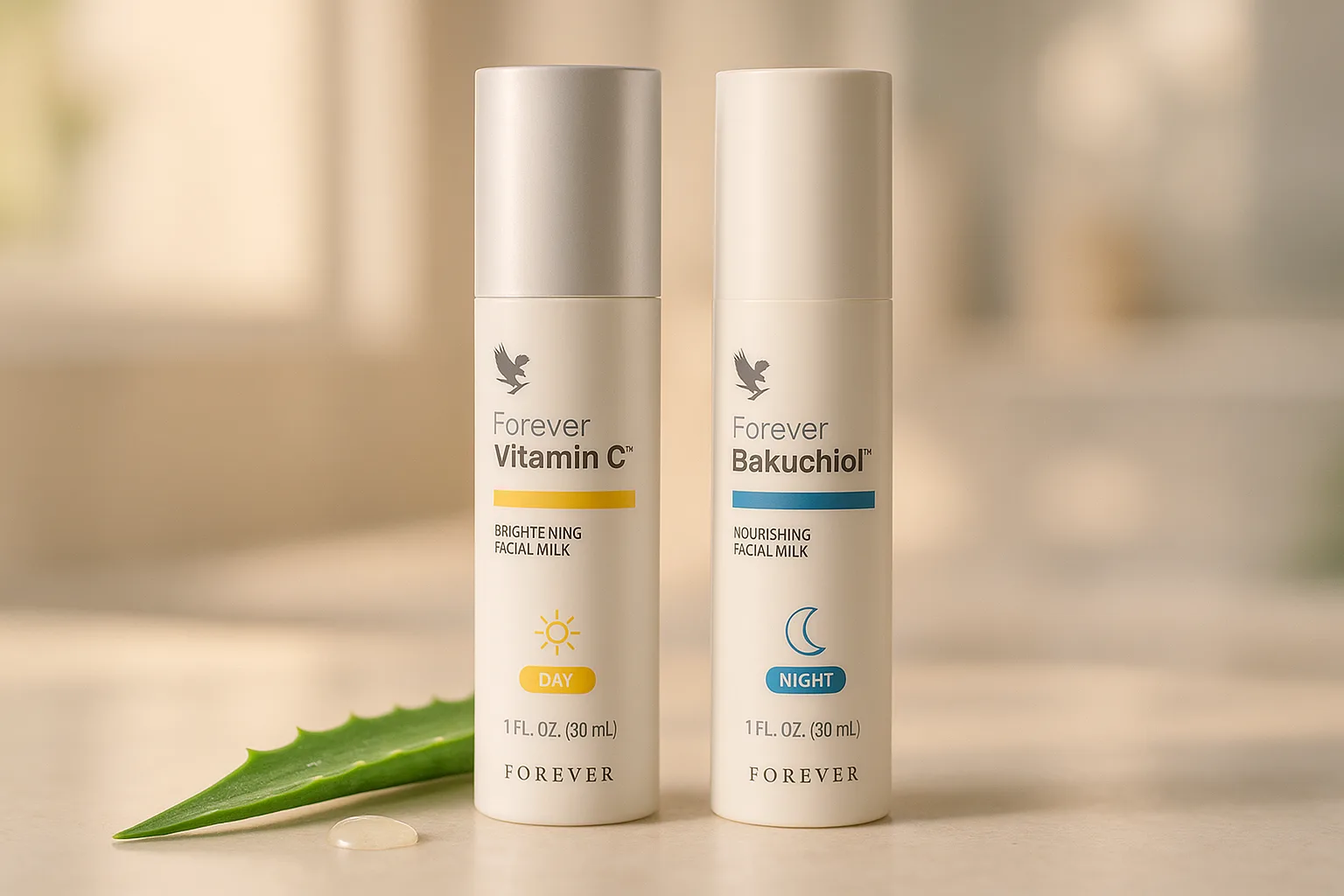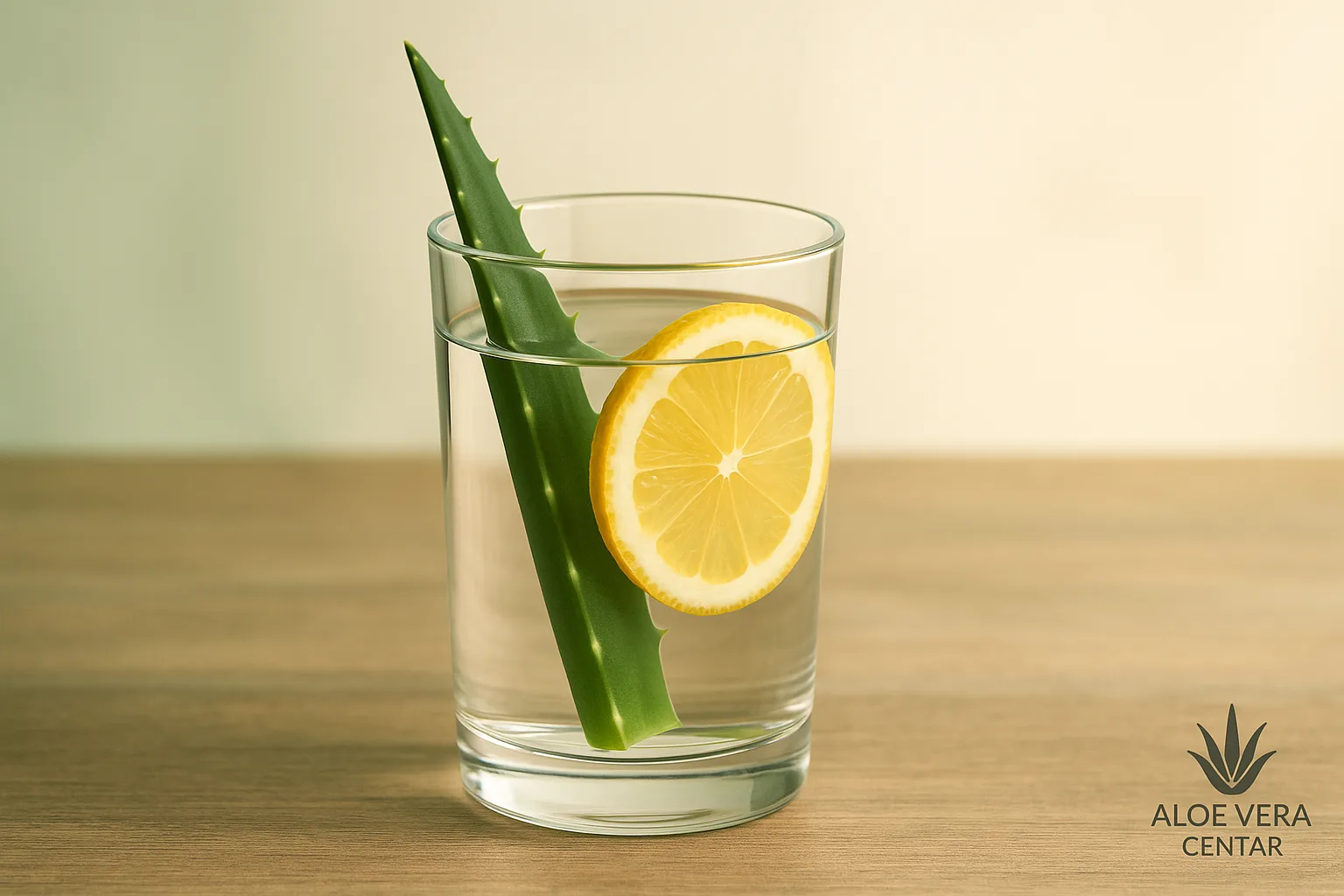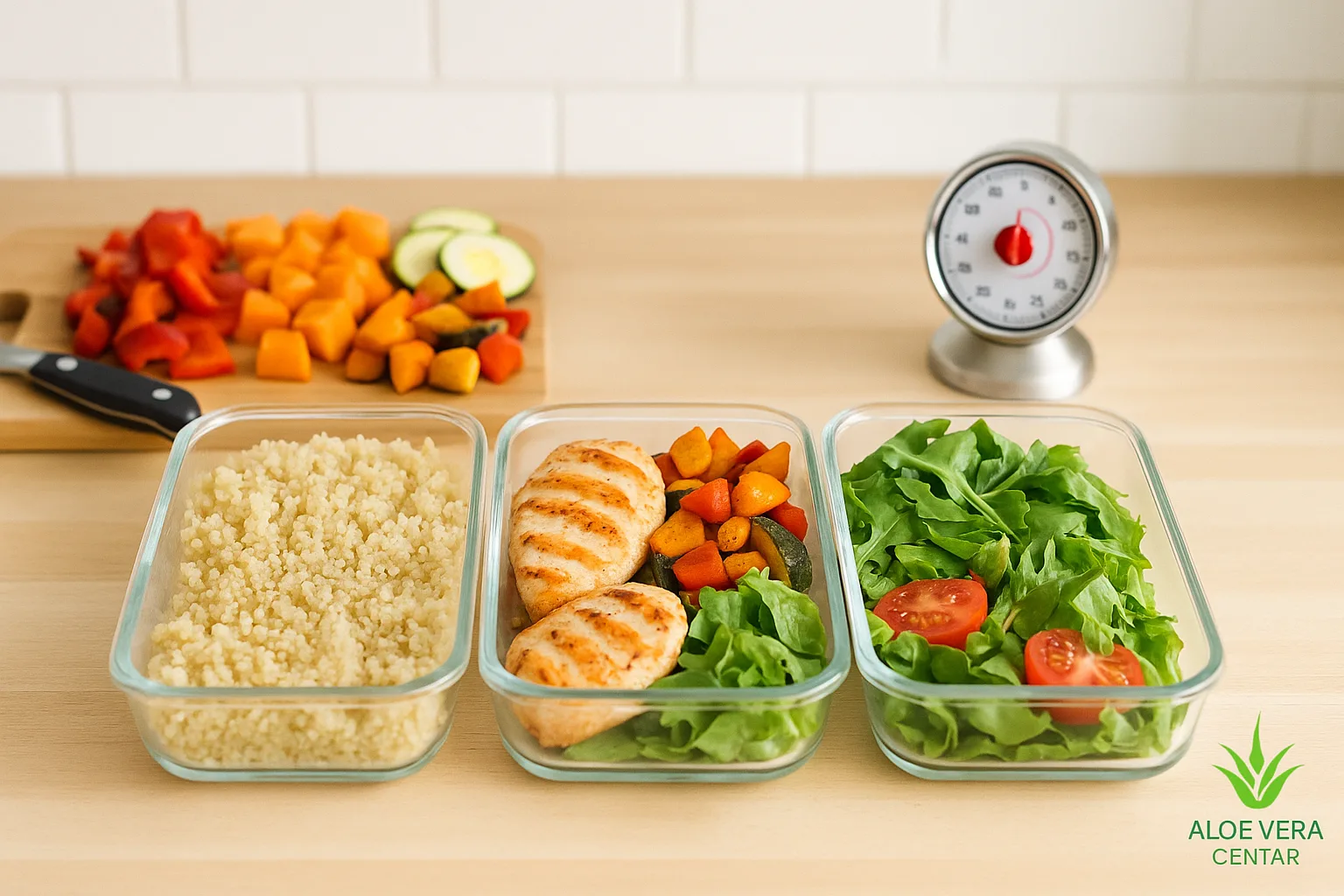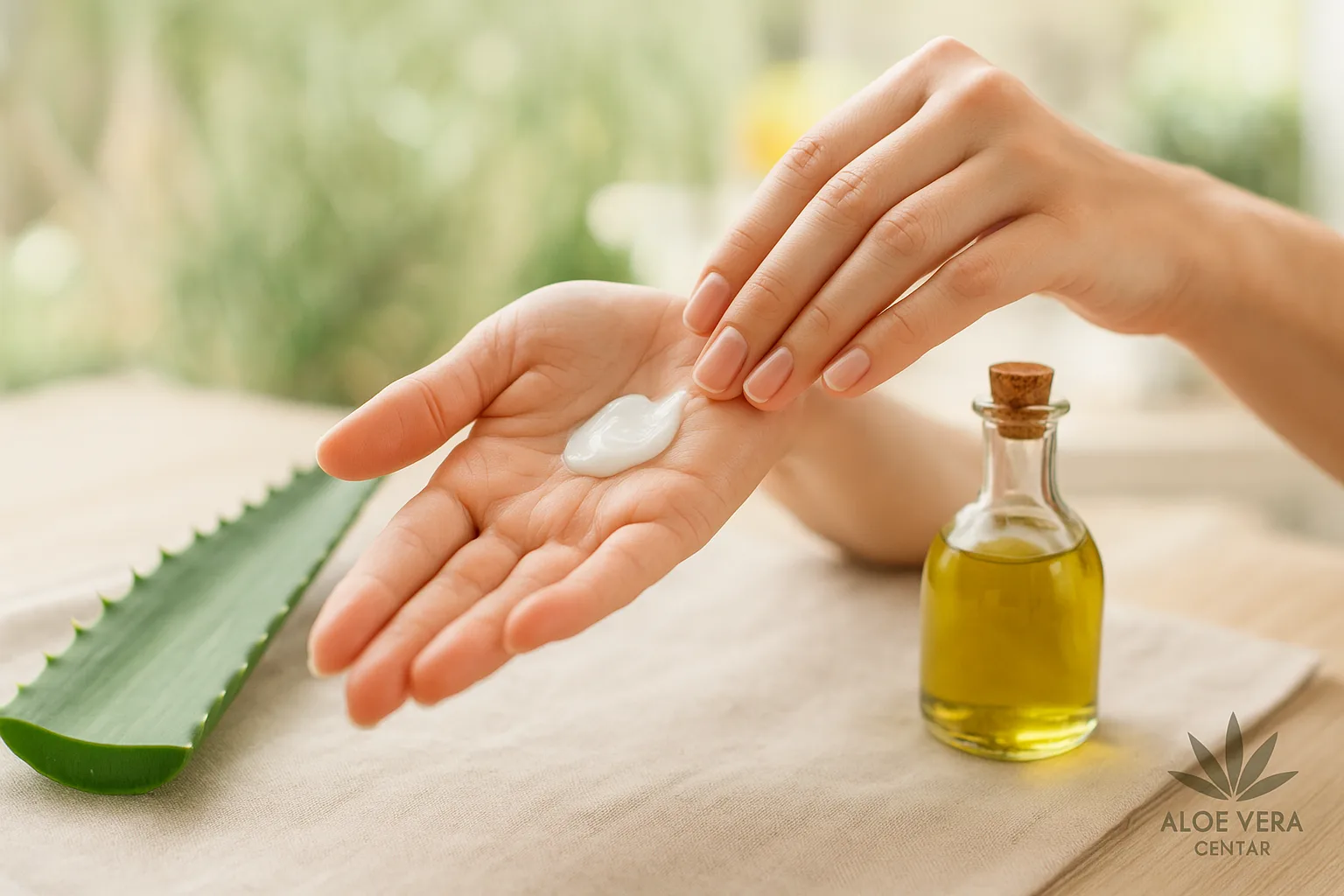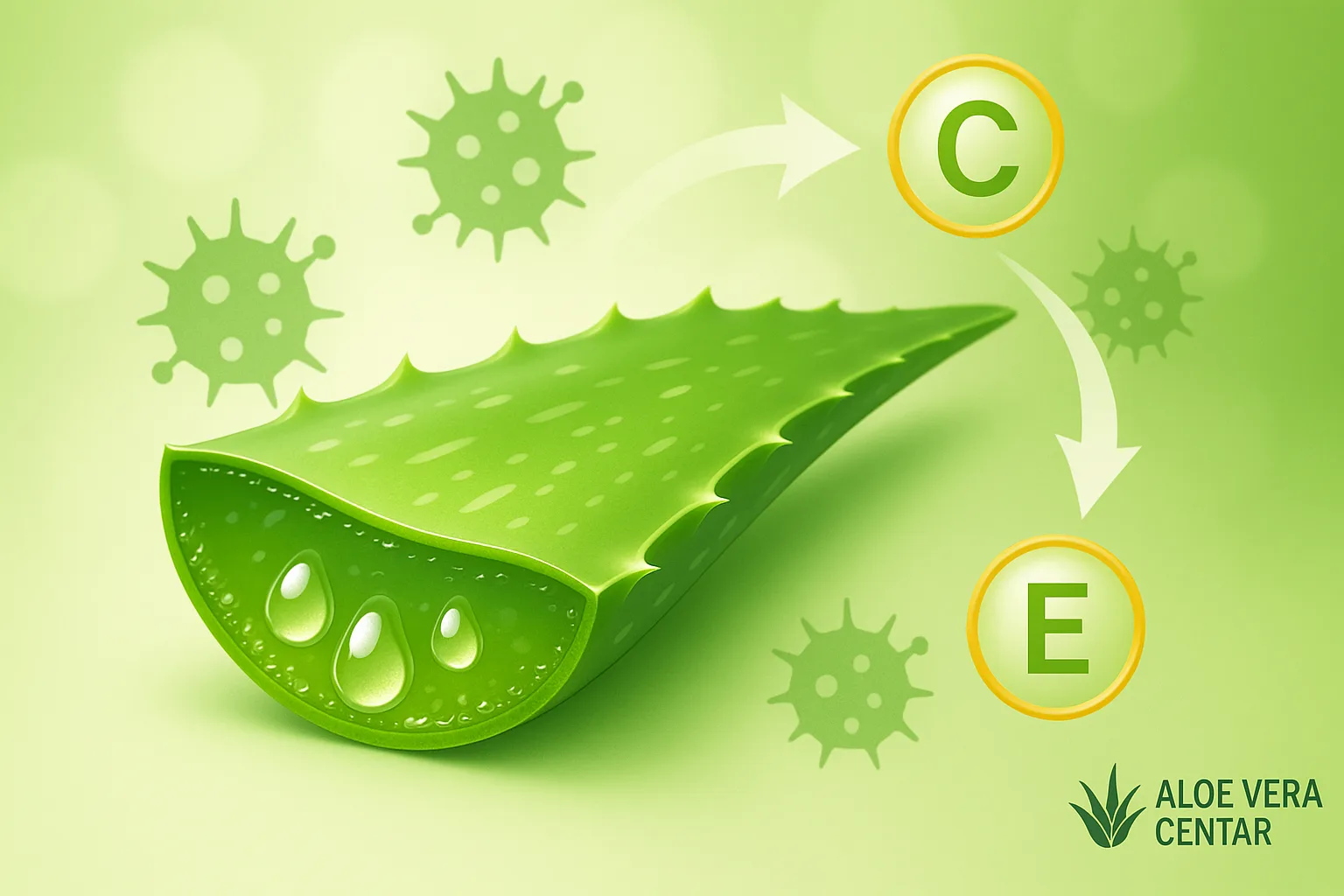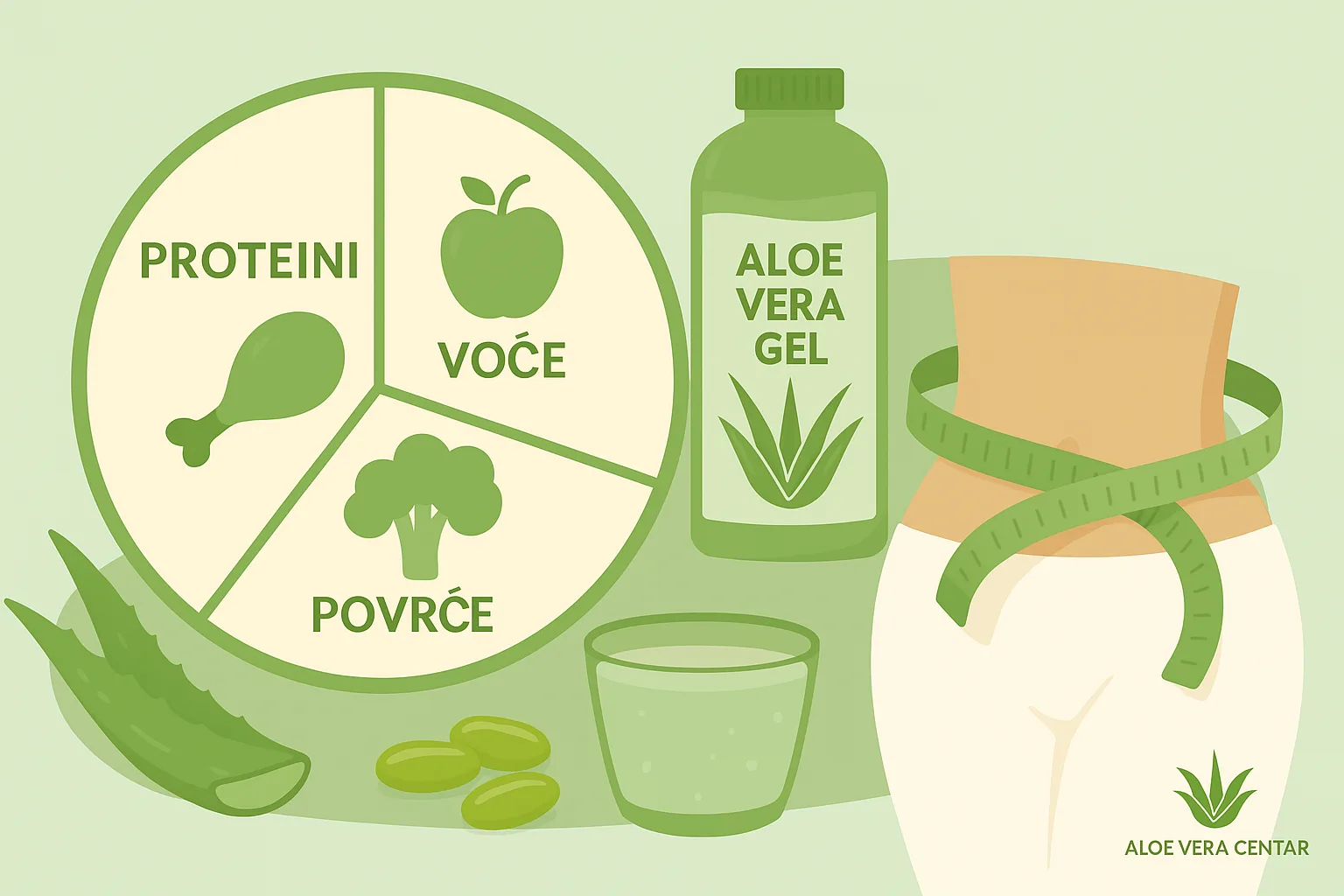
Medical Diet – 15-Day Weight Loss Plan
Medical Diet: a Structured 15-Day Plan for Fast but Healthy Weight Loss
The Medical Diet has been intriguing those who want to lose weight in record time without sacrificing health for decades. According to legend, it originated in Scandinavian hospitals as a program to prepare patients for heart surgery, but today it’s popular among busy parents and stressed managers alike.
What’s behind this strictly structured meal plan? How can you adapt it to modern lifestyle and avoid classic yo-yo effect traps? Below you’ll find a detailed guide, practical advice, and tricks on how to combine the medical diet principles – all to achieve lasting results.
What is the Medical Diet and how Does it Work?
It’s a hypocaloric regimen that lasts exactly 15 days and consists of three five-day cycles. Each cycle prescribes a specific schedule of proteins, carbohydrates, and minimal amounts of fat. The concept relies on:
- High protein intake (chicken, eggs, low-fat cheese) to preserve muscle mass.
- Low glycemic carbohydrates (fiber-rich vegetables) for stable blood sugar levels.
- Calorie rotation – 800 kcal days alternate with 1000 kcal days, which stimulates metabolism.
Advantages and Disadvantages – a Realistic View
Advantages:
- Quick results (average 5-8 kg in 15 days).
- Clear, simple menu – no on-the-go calorie counting.
- Short-term sense of discipline and motivation.
Disadvantages:
- Possible hypoglycemia if you skip meals or exercise intensely.
- Low fiber intake can lead to constipation.
- Risk of yo-yo effect if you immediately switch to high-calorie diet after completion.
Medical Diet vs. Other Popular Plans
How does this 15-day regimen differ from, for example, the keto diet or best weight loss diets? The main difference is in the timeframe and menu strictness.
- Keto allows plenty of fats and lasts for months – slower but more long-term results.
- Medical Diet – short “shock” to the system, minimal fats, fixed portions.
- Programs like C9 vs. F15 combine detox, meal replacement shakes, and calorie flexibility.
But that’s not all… Combining the medical diet with short intermittent fasting (16/8) can further accelerate fat burning by increasing growth hormone and noradrenaline levels.
Preparation before Starting: Detox and Hydration
Three days before the official start, add 30 ml of Forever Aloe Vera Gel on an empty stomach to prepare your digestive system. Drink at least 2.5 L of water daily with a pinch of sea salt – prevents sudden electrolyte loss.
Having trouble with water intake? Find inspiration in our article how much water to drink daily.
15-Day Menu (Example)
Note: Portions are adjusted for a 70 kg person; adapt them to your body weight and activity level (+/-10%).
Days 1-5 (800 Kcal)
- Breakfast: 1 boiled egg + ½ grapefruit.
- Snack: 1 carrot.
- Lunch: 150g low-fat cottage cheese + 1 tomato.
- Dinner: 120g grilled white fish + blanched vegetables.
Days 6-10 (1000 Kcal)
- Breakfast: Smoothie (spinach, ½ banana, 1 scoop Forever Lite Ultra Vanilla).
- Snack: 10 almonds.
- Lunch: 200g chicken breast + salad.
- Dinner: 120g fresh low-fat cheese + 1 portion orange.
Days 11-15 (Rotation 800-1000 Kcal)
- Days 11/13/15: repeat from first phase.
- Days 12/14: repeat from second phase.
Supplements that “Fill the Gaps”
Although the diet is short, the restriction of vegetables and fruits can cause fiber and micronutrient deficiencies. Forever Lean comes to help – a complex of chitosan and cactus leaves that helps bind some ingested fats and prolongs satiety. If you’re concerned about energy, Forever Therm provides thermogenic support with green tea and caffeine, without sudden energy crashes.
Strategies for Maintaining Results
- Gradual calorie return – add 150 kcal every 48 hours (mainly from vegetables and healthy fats).
- Fasting microcycles (16/8) twice a week keep weight under control.
- Meal planning – try healthy dinner ideas to avoid fast food.
Need a personalized reminder? Use our AI advisor and get customized meals according to your work schedule.
Frequently Asked Questions
Can I Exercise During the Medical Diet?
Moderate activity (brisk walking, light HIIT up to 20 min) helps preserve muscles and boost metabolism. Avoid high-intensity workouts during the first three days.
What if I Feel Very Hungry in the Evening?
Drink a glass of water with a few drops of lemon and add 1 tablespoon (5g) of Forever Fiber – the fiber swells in the stomach and reduces appetite.
Can I Extend the Diet to 20 Days?
It’s not recommended due to the risk of nutritional deficiencies. Instead, take a two-week break with moderate calorie intake and, if needed, repeat the cycle.
Who should not Follow the Medical Diet?
People with kidney diseases, pregnant women, nursing mothers, and anyone on chronic medication should consult their doctor first.
Conclusion: Smart Discipline for Long-lasting Results
The medical diet can be a quick and motivating start to weight loss – provided it’s accompanied by hydration, quality supplements, and gradual return to balanced nutrition. Combine the structure of the 15-day protocol with the power of aloe vera, fiber, and thermogenic herbs to achieve a slimmer figure without exhaustion. Ready to take the first step? Get 15% off on your order and secure proven allies on your path to fitness!
Want more practical ideas on how to combine the medical diet with other approaches? Check out our guide on the keto diet and compare the long-term strategy with the 15-day short-term plan. If you’re interested in detox and quick body reset, also explore the Clean9 program – perfect complement to start healthier habits. It’s up to you to choose the rhythm that best suits your body and goals!
Disclaimer: This article is for informational purposes only and does not replace medical advice. For a personalized diet and supplement plan, consult a registered nutritionist or physician.

